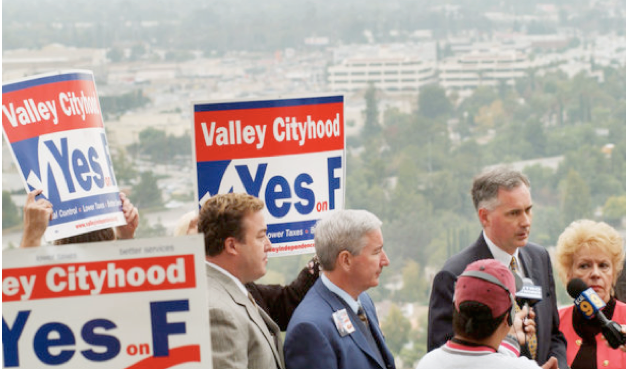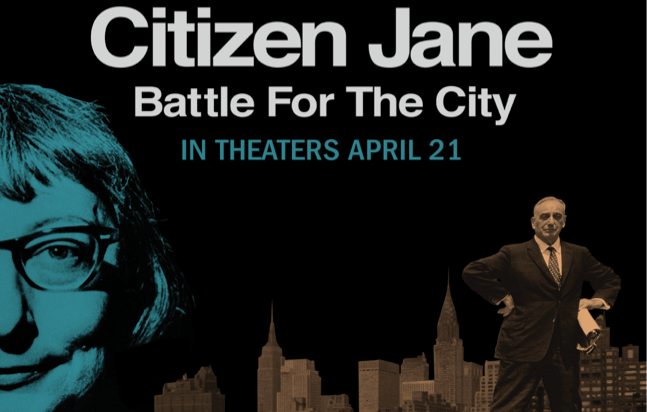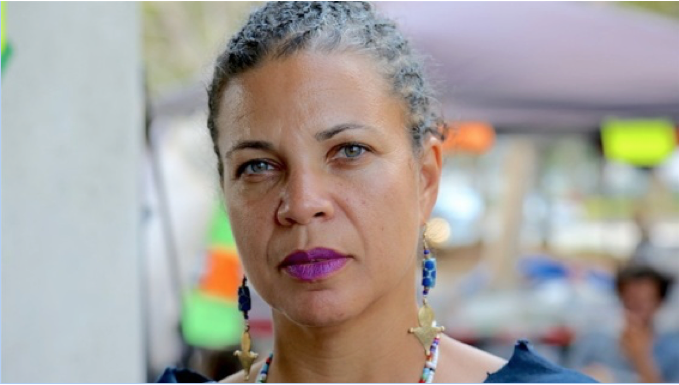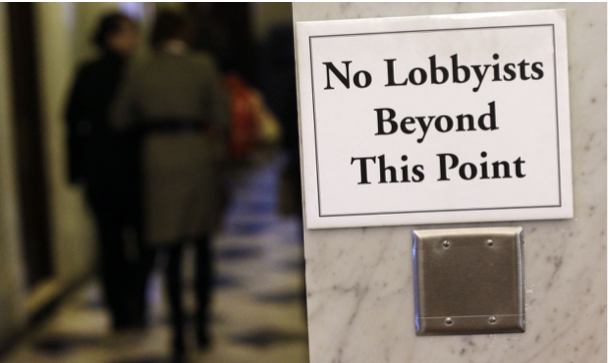Memo to the Public: LAUSD Did Not Lower Graduation Requirements
EDUCATION POLITICS-Really. It’s true. You may have heard differently, but if so, what you’ve heard is not correct. Here’s what LAUSD did do: they raised the course distribution requirement for graduation, and decided to retain the same grade requirements. In the end, the net effect was that graduation requirements increased.
The confusion arises because the current system is less punishing than a change that would have affected both course and grade requirements. But this whole narrative has been alternatively spun because “lower” graduation requirements were never implemented.
Simple, right?
A fuller explanation requires gazing back a dozen years or more, and thinking about ideas like the meaning of Education. It’s a simple concept wrapped in surprising complexity.
A dozen years ago, folks were merrily chugging along in high school, where a mix of vocational and academic courses were offered to interest kids of varying backgrounds and aspirations.
Meanwhile qualitative letter grades were awarded, as per usual, but not according to any standard. The history of grading is as disparate as anything across time, place or countries. You may have grown up with some system or other and think that what you know is what must be…but it’s not so. There have always been myriad ways to assign grades, between classes and even within a school.
And it turns out that what’s considered a passing grade often increases with age. So older, specialized graduate students are expected to demonstrate higher grades to be considered “passing”, because their specialty is presumed of particular interest, and therefore better grades are expected than for a generalized mish-mash of everything. This practice rolls back continuously through the types of schools; passing in college is harder than in high school, grade school frequently doesn’t even consider “passing” a sensible concept.
But this imposes a problem at the transition between high school and college in California, which has a strong state college system with well-defined requirements. Admissions to CSU and UC colleges requires a “C” grade in a set of prerequisite courses. Meanwhile, to graduate from high school “D” has long been considered passing and adequate to earn a high school diploma. However, there is a disconnect between graduation and admissions.
There is another prerequisite to higher education in California: a set of fifteen courses known collectively as “A-G.” These are typically “academic” classes and not “vocational” -- e.g. Math and English, not auto-mechanics. And accordingly they are sometimes considered more “rigorous” in the sense that there is a core body of knowledge to be mastered in order to demonstrate “proficiency.”
Now demonstrating these quantitative measures of proficiency is a hallmark of our modern computer society. Because we can measure it among millions of people relatively easily nowadays, there are powerful forces urging us to believe that we must.
Therefore several factors coincided resulting in a different landscape for the courses offered at LAUSD.
While kids were focusing on a vocational-track of courses, they progressed through LAUSD’s graduation requirements successfully, even sometimes receiving a diploma before understanding that their course load failed to satisfy the “A-G” requirements to be considered for admissions to a California state college.
This disconnect between graduation requirements and subsequent ability to proceed to the next educational level upset many. It came to light that some schools, typically composed of poorer children, did not even offer their students those courses necessary to become eligible for higher education. This was understood – rightfully – to be terribly inequitable.
To make the A-G courses available to all students at all high schools was expensive in terms of money and also kids’ schedules. It required rearranging curricular priorities and graduation requirements; course schedules became filled with academic classes that squeezed out the vocational. Consequently many vocational classes were closed in favor of providing sufficient “A-G” classes to enroll the entire student body.
So now that these more academic courses were available to one and all, the district faced a new problem: encouraging former vocational students to sign on to the new, more rigorous course of instruction. A stick approach was adopted whereby all students were required to take “A-G” courses in order to graduate from LAUSD. Thus the curriculum became more rigorous for one and all.
Meanwhile, the grading discontinuity remained; while a “D” was adequate for passing high school and receiving a diploma, this still resulted in a certain subset of students who, even though they took and passed “A-G” classes, were still not eligible for college with its higher level of “passing.”
To bridge this gap and align graduation requirements from LAUSD with CSU/UC eligibility requirements, on May 23, 2012 the board passed a resolution to take effect only with the class of 2017, raising LAUSD graduation requirements in “A-G” classes from a “D” grade to a “C.” If you graduated from LAUSD, you would then be eligible for admissions to a CSU or UC school.
However this imposed a double-whammy of increased rigor on our high schoolers, harder courses coupled with the higher designation of “passing.” Suddenly a whole subpopulation of students was ineligible for graduation and disenfranchised; they met the challenge of enrolling in the more rigorous “A-G” courses, but having received what once was considered a passing grade, they were now denied a diploma. They had risen to the challenge and followed the rules but did not receive reciprocal academic recognition.
And so the prospective rule-change was understood to be inequitable; it clearly impacted disadvantaged students disproportionately.
Accordingly in a subsequent board resolution on June 9, 2015, “To Recommit to A-G for all”, the grade requirement for graduation was dropped, restoring the old grade requirement for graduation in all classes.
Thus graduation requirements were never lowered, but they were restored to their traditional level. And the reason for doing so was a joint initiative by board members Garcia, Zimmer and McKenna, acknowledging the injustice of disenfranchising students who had met graduation requirements.
Already, LAUSD students had been returning and staying in school at ever-growing rates, even under the more rigorous “A-G“ program requirements. The percentage of graduates eligible for CSU/UC admissions was increasing strongly. To rebrand a whole subset of diligent students as “failures” was inappropriate and improper as it denied them their diplomas, earned under expected conditions.
So why is it necessary to draw out this explanation in such gory detail?
Because the CCSA’s candidate for board district four has exploited this slightly complicated and obscure history by misleading parents into fearing some great social injustice is being maliciously foisted on our students. His supporters have absorbed a narrative of outrage surrounding a spurious injustice that never was, buttressed by fake statistics that are not real.
Writing in the DeVos Foundation-supported LA School Report, a parent suggests that “…school board members voted to lower the student requirements for A-G college prep coursework from a C grade to a D. As a result, more than half of LAUSD’s 2016 graduates were not eligible for CSU or UC universities. Our own elected officials failed our children….”
None of these confused tangle of claims is true. There was no vote to lower student graduation requirements. More than half our graduates are not ineligible to continue in the California college state system (see chart above) the school board’s vote did not affect anyone’s eligibility, but the imminent and unfair ineligibility of dozens was stopped. Our elected officials did not “fail” our children: far from it. They acted to increase equitability and prevent cruel and unfair disenfranchisement from K-12 schooling.
Melvoin’s message assuages educational jingoism by offering outrage for a grand social injustice that simply didn’t happen. This is not a tale of quality downgraded or standards diminished. There is no story of fiddled with statistics. There is no yarn here of a vulnerable population done wrong.
In reality, LAUSD met the mandate of providing more rigorous schooling for one and all, and it has met the challenge of engaging its greater access equitably – and even with a dramatically increasing rate of graduates.
It can be argued that this has come at a cost to important vocational and even science training, as well as widespread, fully activated arts programming. The budget for public schools is insufficient, but if only Melvoin’s corporate supporters would redirect their seemingly infinite resources into district schools rather than swamping a private campaign coffer, the equations governing our kids could change overnight.
(Sara Roos is a politically active resident of Mar Vista, a biostatistician, the parent of two teenaged LAUSD students and a CityWatch contributor, who blogs at redqueeninla.com) Edited for CityWatch by Linda Abrams.





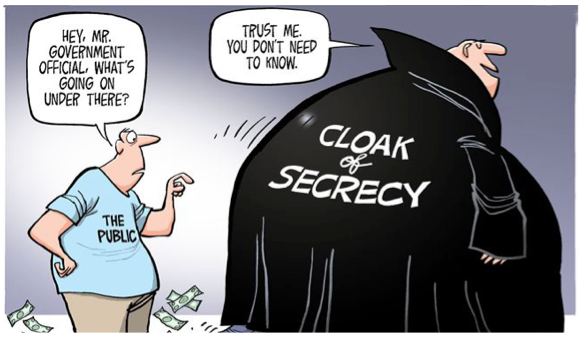



 Bray-Ali’s explanations have been satisfying only to the rubberneckers and the kool-aide drinkers. The pen, they say, is mightier than the sword, but, at this point, Bray-Ali needs to get hold of something sharp and cut out t he rotten bits. Words just aren’t going to do it this time. As a proponent of the power of language, I’ve never felt so adrift. Debate has evolved away from a means of challenging ideas and into a method of silencing our opponents. Shame, humiliation, degradation, and name-calling – all dressed up as free speech – work only to drive speech into hiding, oblivion, or meaninglessness. Joe Bray-Ali has seen this process from both sides – from give and take – and now he’s in the fight of his life with the beast we’ve all been feeding since the turn of the millennium.
Bray-Ali’s explanations have been satisfying only to the rubberneckers and the kool-aide drinkers. The pen, they say, is mightier than the sword, but, at this point, Bray-Ali needs to get hold of something sharp and cut out t he rotten bits. Words just aren’t going to do it this time. As a proponent of the power of language, I’ve never felt so adrift. Debate has evolved away from a means of challenging ideas and into a method of silencing our opponents. Shame, humiliation, degradation, and name-calling – all dressed up as free speech – work only to drive speech into hiding, oblivion, or meaninglessness. Joe Bray-Ali has seen this process from both sides – from give and take – and now he’s in the fight of his life with the beast we’ve all been feeding since the turn of the millennium.

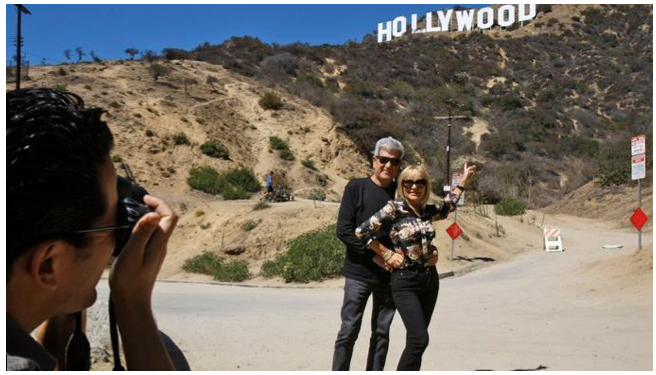

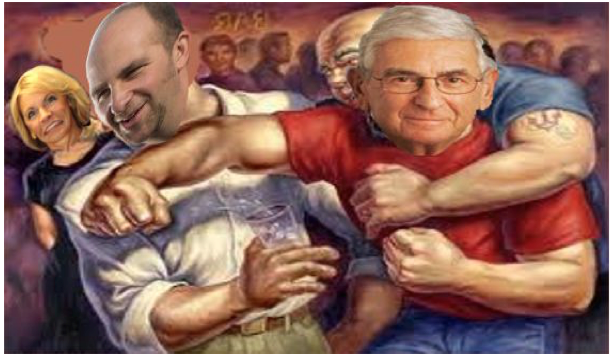
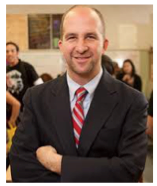 Because that is the outcome when candidates shred their opposition and tear down community. They wound us all with their messages of negativity and hopelessness: it sticks. What’s conveyed is deep and unsettling: don’t try to pretend things are good here, that you can better your lot, that you can effect it or counter us. Reality and facts are immaterial. If you dare to counter the message, you will be buried in an avalanche of Big Lies, marginalized, and transformed into a puddle of electoral glue coated in an onslaught of slander we the people are too traumatized to withstand through reason or thought.
Because that is the outcome when candidates shred their opposition and tear down community. They wound us all with their messages of negativity and hopelessness: it sticks. What’s conveyed is deep and unsettling: don’t try to pretend things are good here, that you can better your lot, that you can effect it or counter us. Reality and facts are immaterial. If you dare to counter the message, you will be buried in an avalanche of Big Lies, marginalized, and transformed into a puddle of electoral glue coated in an onslaught of slander we the people are too traumatized to withstand through reason or thought. 